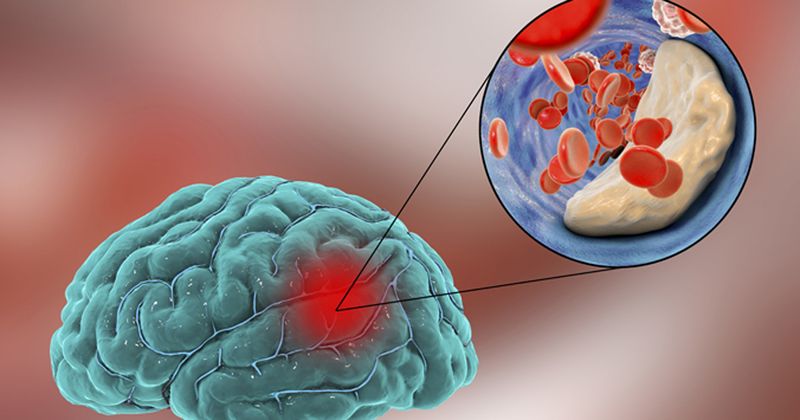Endovascular thrombectomy improves functional outcomes in large ischemic stroke
Key takeaways:
- Endovascular thrombectomy with medical care resulted in better functional outcomes than standard care alone in patients with large ischemic stroke.
- Procedural vascular complications occurred with thrombectomy.
Endovascular thrombectomy with standard medical care was associated with better functional outcomes than medical care alone in patients with acute ischemic stroke due to large-vessel occlusion, according to study results.
“Endovascular thrombectomy has been shown to be more effective in reducing disability than medical therapy alone in selected patients with ischemic stroke due to a large cerebral vessel occlusion,” Amrou Sarraj, MD, director of the Cerebrovascular Center and Comprehensive Stroke Center at University Hospitals Cleveland Medical Center, and colleagues wrote in The New England Journal of Medicine. “However, patients with large strokes on non-contrast CT or perfusion imaging have been underrepresented in thrombectomy trials, despite that such strokes account for approximately one fifth of large-vessel occlusion strokes.”

Researchers sought to evaluate the effectiveness of endovascular thrombectomy within 24 hours following onset of ischemic stroke compared with standard medical care alone.
Their prospective randomized, open-label trial was conducted at 31 sites in five countries across the globe and included 352 individuals aged 18 to 85 years with acute ischemic stroke due to occlusion of the internal carotid artery or the M1 segment of the middle cerebral artery. Eligible patients had a large ischemic-core volume, defined by an Alberta Stroke Program Early Computed Tomography Score of 3 to 5 (lower scores indicating larger infarction) or a core volume of at least 50 mL on CT perfusion or diffusion-weighted MRI.
Participants were assigned 1:1 to receive either endovascular thrombectomy plus medical care (n = 178) or medical care alone (n = 174). The primary outcome for the study was modified Rankin scale (mRS) score at 90 days, with higher scores indicating greater disability. Functional independence and independent ambulation, also measured by mRS, were among secondary outcomes. Researchers assessed participants at baseline and at 24 hours, 5 to 7 days, 30 days and 90 days following randomization.
The study was halted early for efficacy. At 90 days, the median mRS score for thrombectomy patients was 4 compared with 5 in those given standard medical care alone (generalized OR = 1.51; 95% CI, 1.2-1.89).
Researchers reported functional independence in 20.3% of patients in the thrombectomy group vs. 7% in the medical-care group (RR = 2.97; 95% CI, 1.6-5.51), and independent ambulation in 37.9% and 18.7%, respectively (RR = 2.06; 95% CI, 1.43-2.96).
Symptomatic intracranial hemorrhage occurrence within 24 hours was low in both groups (0.6% and 1.1%, respectively); however, some patients in the thrombectomy group experienced procedural vascular complications.
“Our results, which reflect outcomes in geographic populations that are different from those in previous trials, may support extending the indication for thrombectomy to patients with a large ischemic core on baseline imaging,” Sarraj and colleagues wrote.
